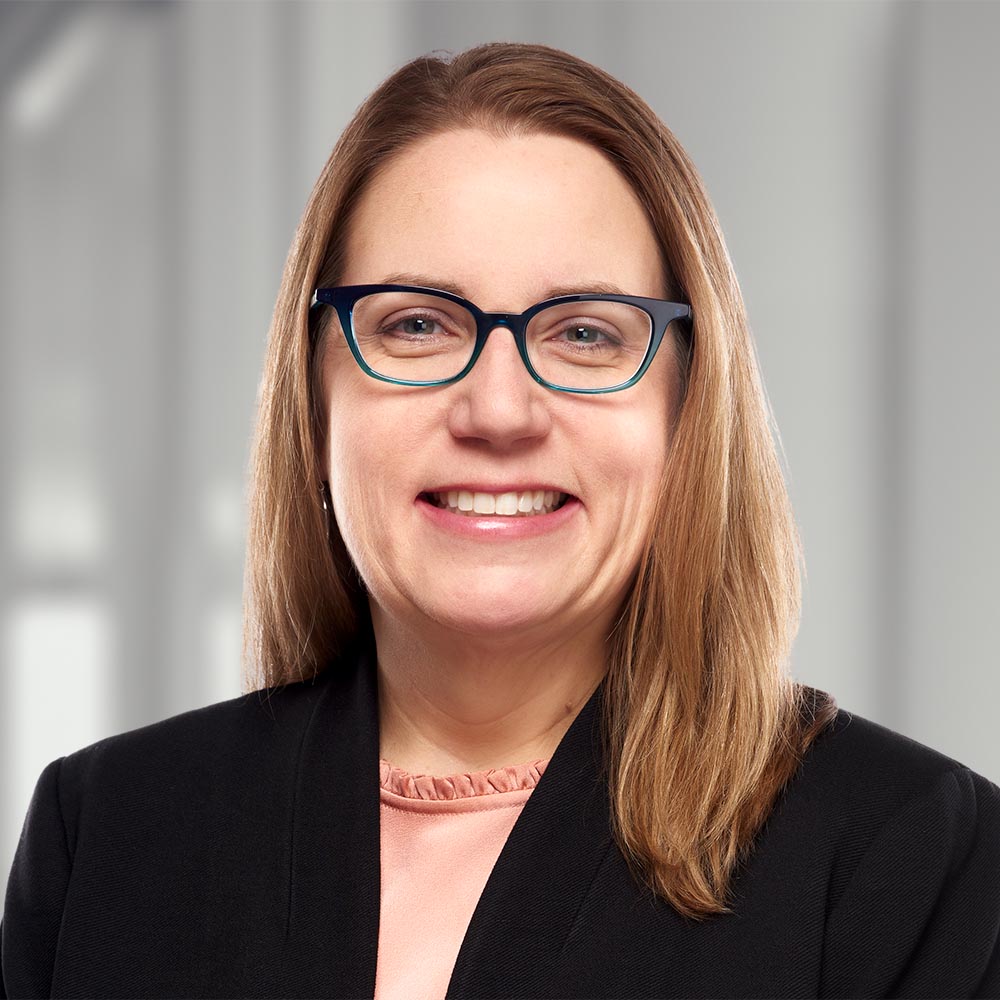Open-ended funds part 1: a new way forward for private market funds
Open-ended funds part 2: Pros and cons for LPs
Open-ended funds part 3: Pros and cons for GPs
Sharing insights from our experience with numerous open-ended private market funds while representing both general partners/sponsors (GPs) and limited partners/investors (LPs) in Canada and the United States, the first instalment in our three-part article series on open-ended private market funds explores the key characteristics and recent trends in this increasingly popular fund type.
While the term of a closed-ended private market fund has historically been and continues to typically be 10 years, we are seeing a shift toward extended fund terms, from longer-term closed-end private market funds (i.e., 12-15+ years), to an increasing number of fund sponsors launching open-ended private market funds with an indefinite life.
What is an open-ended fund?
The key characteristics of an open-ended private market fund are ultimately dependent on a number of factors: the jurisdiction of the fund and/or its GP, the track record of the GP, the type of assets held by the fund, the vintage year of the fund and the nature of its LP base, among others.
An open-ended fund does not have a fixed term and so continues in perpetuity unless actively terminated. In contrast, a closed-ended fund has a fixed term (usually in the range of 10-15+ years) and is the more traditional fund structure for private market funds (including buyout, venture capital, real estate and infrastructure funds). Unlike closed-ended funds, which have defined time periods to raise, invest, harvest and distribute capital, open-ended funds can continuously raise, invest, harvest and distribute capital for as long as the fund is in operation. In addition, unlike closed-ended funds where LPs are generally locked in for the duration of the term, open-ended funds offer LPs the ability to redeem interests (i.e., exit and liquidate) on a periodic basis (generally at the prevailing net asset value (NAV) of the fund), subject to certain restrictions in the fund’s governing documents as discussed in more detail below.
Given their long-term nature, open-ended funds tend to be well suited for more illiquid assets and otherwise long-maturity income-generating assets, such as core/core-plus infrastructure and real estate assets—and we most often see open-ended funds used in respect of these assets. However, open-ended funds can also be used to invest in any illiquid asset with stable value and that is relatively easy to value by appraisal, such as certain credit instruments and investments in other types of mature, cash-flowing companies. While we have also seen open-ended funds used for traditional private equity investments, open-ended funds are not generally ideal vehicles for assets the value of which is difficult to determine or is expected to fluctuate, such as turnarounds, leveraged buyouts and early-stage venture, in part because those assets do not typically generate sufficient proceeds to support an ability of LPs to actually redeem their interests.
An open-ended fund structure has historically been more common in hedge funds or other funds where the underlying investments are highly liquid in nature (e.g., public securities) to support the ability of LPs to redeem their interests. This article will instead focus on open-ended funds that invest in private illiquid assets, such as those mentioned above.
Key characteristics of open-ended funds
There are several key characteristics of open-ended funds, including the following.
No fixed term: The defining feature of an open-ended fund is that it does not have a fixed term, meaning there is no specific date upon which the fund or any of its investments must be liquidated. In contrast, closed-ended funds typically have fixed terms of 10-12 years for private equity and venture capital and 12-15+ years for infrastructure (however, closed-ended fund initial terms are becoming longer and extension mechanics built into fund governing documents are being leveraged more often to extend the length of the initial term).
Continuously raise and invest capital: Open-ended funds have the ability to continuously raise and invest capital over the life of the fund. In contrast, closed-ended funds typically have a fixed fundraising period (usually 12-18 months) and a fixed investment period (usually 4-6 years), after which the fund is no longer permitted to raise capital or make additional investments, respectively.
Commitment “tranches”: Like investors in closed-ended funds, LPs in open-ended funds subscribe for interests and commit capital. However, when LPs in open-ended funds subscribe for interests, their capital commitments are typically grouped together around a particular date (e.g., a quarter-end date). This grouping is sometimes referred to as a “commitment tranche”. GPs of open-ended funds are often required to draw-down capital commitments in the order in which capital commitments are made, such that the earliest commitment tranche is drawn-down before capital commitments from subsequent commitment tranches are drawn-down. This ensures that new LPs cannot “skip the queue” and have their capital invested in priority to LPs that were “there first”.
Interests priced at NAV: When LPs in an open-ended fund contribute capital, they are typically credited with a number of interests based on the fund’s NAV at such time. Given the fund’s NAV is expected to change over time, the number of interests an LP receives for a given capital contribution will change over time as well. If an LP invests in an open-ended fund that is fully invested, its subscription may effectively “buying out” a prior LP that has chosen to redeem its interests or giving the fund additional capital to make investments. In contrast, the subscription of LPs in closed-ended funds typically occurs during a limited fundraising period at the equivalent of cost plus interest.
Performance fees: Performance fees in open-ended funds are often based on unrealized returns or, more specifically, increases in the fund’s NAV over a specified period of time plus distributions. The structure of the performance fee is often customized and can vary a lot among open-ended funds. This is in contrast to performance fees in closed-ended funds, which are typically structured as carried interest paid on realized returns and generally follow a fairly standard distribution waterfall structure (though there may be variations in the hurdle rate, carry percentage and some other features).
Reinvestment of distributions: Open-ended funds often adopt distribution reinvestment plans (DRIPs), whereby LPs can elect to have distributable proceeds reinvested in the fund in exchange for additional interests (instead of being distributed to LPs). DRIPs are similar in nature to recycling provisions in closed-ended funds, but DRIPs 1) are everlasting (whereas in closed-end funds, proceeds can generally only be reinvested during the investment period) and 2) relate to all otherwise distributable proceeds (whereas in closed-ended funds, recycling is typically capped at a given percentage of capital commitments, often 100-130%).
Management fees: Open-ended funds typically charge management fees based on either invested capital or the NAV of the fund. In contrast, closed-ended funds most often charge management fees based on capital commitments during the investment period and invested capital thereafter.
Redemptions: LPs in an open-ended fund can typically request to have their interests redeemed on a periodic basis. In contrast, there is typically no such redemption mechanic in closed-ended funds. Interests in open-ended funds are generally redeemed at a price equal to the NAV of the fund on a particular date (e.g., the closest quarter-end date or date that the interests are actually redeemed).
In open-ended funds, there are typically restrictions around the ability of LPs to submit redemption requests, including lock-up periods after the time of an LP’s capital commitment during which the LP is not permitted to submit a redemption request. In addition, since the underlying assets of open-ended funds are generally illiquid, it may be difficult for the fund to generate sufficient cash to satisfy a redemption request. As a result, the obligation of a GP to satisfy a redemption request is often subject to an efforts standard and other limitations, such as the GP not being required to sell assets in order to fulfill the redemption request or otherwise take actions to fulfill such a request if doing so would have a material adverse effect on the fund. GPs may also have the ability to suspend redemptions for certain specified reasons (e.g., if an accurate valuation of the assets is not possible at such time, during any period of political or economic instability, where transactions cannot be carried out at normal rates of exchange or other reasons as may be required by applicable law) or force mandatory redemptions of LP interests in certain situations.
MFN elections: Given that open-ended funds can continuously admit new investors and accept additional capital commitments from existing investors, the typical closed-ended fund approach of allowing LPs to make most favored nations (MFN) elections of side letter rights at the expiry of the fundraising period is not possible. As such, GPs of open-ended funds should consider how to structure their MFN process based on their LP-base, expected frequency of closings, administrative capacity and other factors. Some MFN structuring options include allowing LPs to make MFN elections on a periodic basis (e.g., annually) or limiting MFN elections to only economic/liquidity provisions.
Subscribe and stay informed
Stay in the know. Get the latest commentary, updates and insights for business from Torys.
Stay in the know. Get the latest commentary, updates and insights for business from Torys.
Subscribe Now


